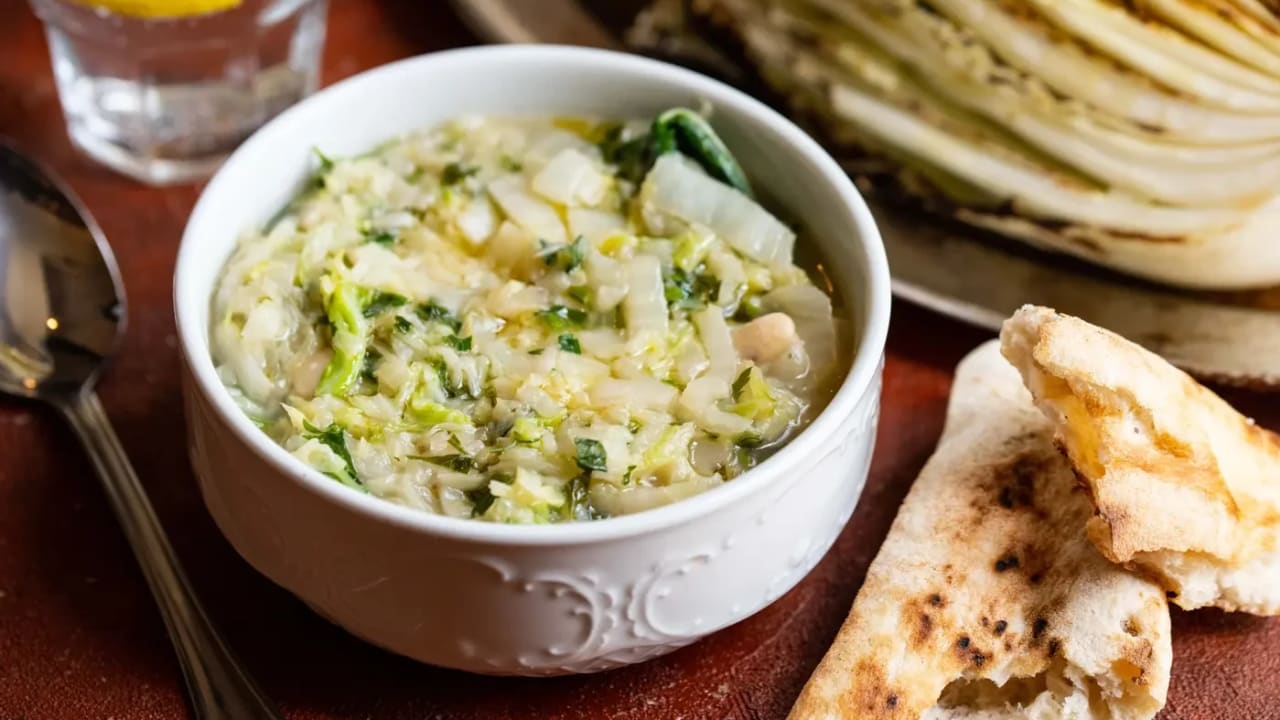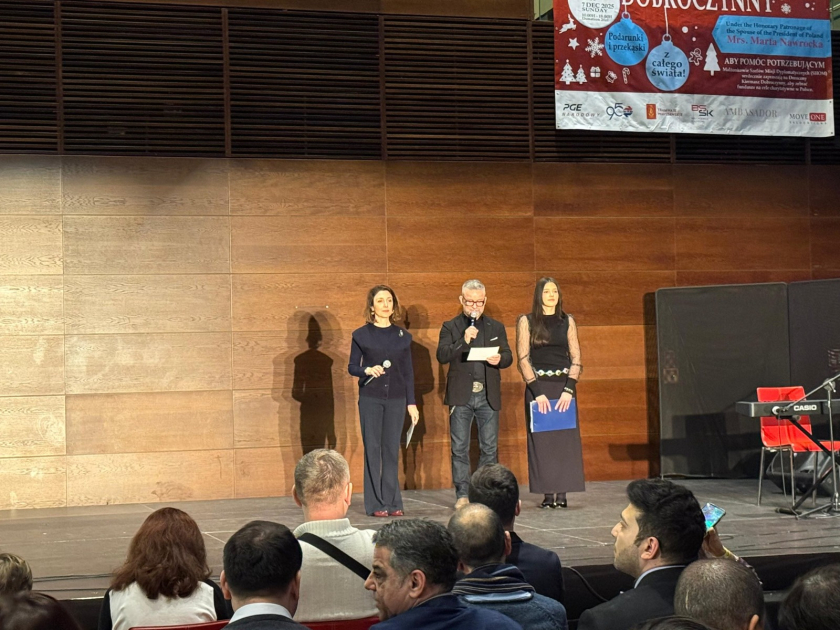Jerusalem Post
ByDR. MAYA ROSMAN
It feels a bit like going back to the eighties, but it turns out that quite a few people are still doing this diet. So, does it work, or is it dangerous?
I remember this diet from the time I was in the army, 40 years ago (how time flies...), and that was before I studied nutrition. Even then, I didn’t understand why people follow methods meant for only a week if during that week they don’t actually learn or internalize anything they need to. So, the method resurfaces every now and then and certainly holds its place among all the diet methods, and you know what?
Although I don’t have anything good to say about the method, I have plenty of good things to say about cabbage. Let’s start.
What is the cabbage diet, anyway?
It’s a short-term diet (usually for a week) based on unlimited cabbage soup, with a small addition of a different limited food each day (fruit, vegetables, a bit of chicken, etc.). The idea: Quick weight loss thanks to few calories and lots of water.
In practice, most of the weight loss is fluids, not fat, and therefore the weight tends to return. There are no quality intervention studies showing a lasting benefit, and that in itself is a red flag.
This diet was born back in the 1980s as a “miracle solution” for rapid weight loss before surgery but was never proven effective in the long term. Like every crash diet, it encourages a “yo-yo” pattern: a sharp drop, followed by an even sharper rise.
Why is the method problematic? (the list is long)
• Too few calories – causes hunger, fatigue, decreased daily activity, and loss of muscle mass. The body enters an “energy-saving mode,” and thus burns fewer calories even at rest.
• Too little protein and healthy fat – this harms satiety and the preservation of muscle mass. Protein deficiency leads to muscle breakdown and further slows metabolism.
• Lack of micronutrients – especially if doing “only soup.” It lacks essential vitamins like B12, iron, calcium, and zinc.
• Metabolic adaptation – after the diet, the body “saves” energy, and the rebound weight gain is fast. This mechanism is well known in studies of extreme diets.
• Risk of gallstones in very low-calorie or low-fat diets with rapid weight loss. Therefore, this is not a safe or suitable long-term diet.
Additionally, the cabbage diet may also cause side effects such as gas, bloating, headaches, fatigue, and decreased concentration, all stemming from a lack of energy, sugar, and electrolytes.
The benefits of cabbage (and there are many)
Cabbage is a cruciferous vegetable rich in nutritional value:
• Low in calories,
• High in vitamin C,
• Packed with dietary fiber,
• Contains unique sulfur compounds (glucosinolates) that break down into isothiocyanates – molecules studied for their potential protective role against certain cancers.
Steaming, chopping, or fermenting better preserves the active compounds compared to long boiling in water.
A cup of chopped cabbage contains few calories but about 2 grams of fiber — adding bulk to the digestive system, slowing carbohydrate absorption, and improving the feeling of fullness. Fiber also nourishes friendly gut bacteria, which positively affect metabolism and blood sugar regulation. As part of a varied diet, this can help control hunger — without “magic diets” or feelings of deprivation.
Studies have also concluded that “high consumption of cruciferous vegetables is associated with a lower risk of colon cancer.” The effect likely stems from a combination of antioxidants, anti-inflammatory properties, and stimulation of detoxification mechanisms in the liver. It’s important to understand that while evidence on cruciferous vegetables is encouraging, it is not uniform across all types of cancer.
One interesting question concerns the differences between green and purple cabbage — if any: Both are rich in vitamin C and fiber, but purple cabbage contains anthocyanins — purple-blue antioxidants — and usually also more vitamin A and potassium, and sometimes even more vitamin C per 100 grams.
If the goal is maximum antioxidants — purple cabbage has the advantage. Green cabbage has slightly more vitamin C. The smartest choice is to combine them — for both flavor and nutritional variety.
Remember, cabbage, along with a variety of colorful vegetables, quality protein, healthy fats, and physical activity — is part of a process of health, not a one-week project.
For Dr. Maya Rosman’s course: How to improve your health and lose weight sensibly and reasonably — click here




















